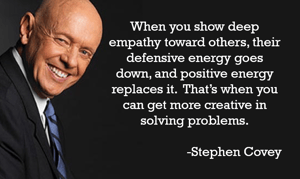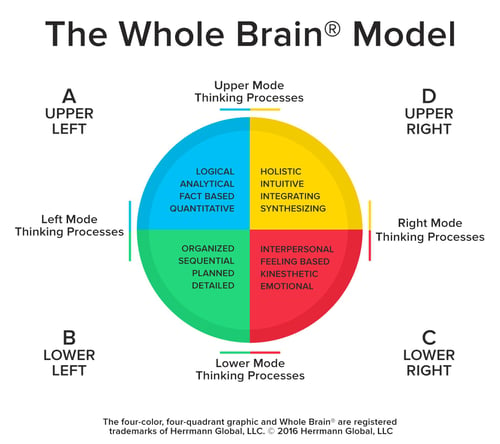 Problems are a normal part of doing business. If you do not have any problems with customers now, you will in the future. Someone in their organization, or yours, will eventually create one. How your people handle it when the time comes can make or break your relationship with them.
Problems are a normal part of doing business. If you do not have any problems with customers now, you will in the future. Someone in their organization, or yours, will eventually create one. How your people handle it when the time comes can make or break your relationship with them.
How do your sales reps handle problems?
It’s tempting to roll your eyes and groan when a problem comes up. But the better response is to roll up your sleeves and attack it! Don’t regard problems as a fire you have to put out that distracts you from all the other things you need to be doing. Problems present you with a golden opportunity to be the good stuff in the middle and differentiate yourself from your competitors.
1. Listen, and do it well.Have the person state their problem. If they’re upset, let them be upset and hear them out until they’ve said everything they want to say. Difficult customers can become much calmer after you make them feel that they have been heard and understood.
2. Pinpoint the problem.Ask all the questions you need to get down to the bottom of things. An effective way to thoroughly address a problem and develop a workable solution is to use the Whole Brain® thinking process. People have different thinking styles, so they can see problems in vastly different ways. Approaching it from a Whole Brain perspective is the best way to make sure you are looking at the situation from all angles and can deliver a complete solution.

Start in the A (upper left) quadrant – Facts.
What are the facts?
What caused the problem?
Is there anything else that contributed?
Then move to the C quadrant (lower right) – People/Feelings.
What are the people experiencing this problem feeling?
Who is involved?
Who needs to be involved?
What needs to be communicated?
Now move to the D quadrant (upper right) – Future/Possibilities.
What is the desired solution?
What does the outcome need to look like?
Finally, move to the B quadrant (lower left) – Form/Process.
How do we get there?
What process do we follow?
What is the order, and what are the specific details?
This step is critical before you attempt a solution to make sure that neither you nor the customer has misunderstood or miscommunicated any information. Restate the problem and then ask, “Did I clearly state your issues and concerns?” Then follow up with, “Is there anything else you feel needs to be addressed or that needs further clarification?”
These questions are vital because they give the person opportunity to further clarify and affords them the sense of having some control over the situation. Once you have the problem identified and the desired outcome specified and agreed upon, then you can work on an action plan using the four quadrants.
4. Solve the problem or coordinate with the person(s) who will solve it - you cannot delegate it to someone else.Even if someone else in your company delivers the solution, the customer expects you to be the goodness in the middle, i.e. their agent with your company. Handing it off to someone else and washing your hands of it demonstrates that you don’t care about them.
5. Be sure to communicate often, clearly, and thoroughly.Remember that stress is caused by a feeling of not being in control and not having enough information. Keep the customer abreast of the situation and any changes as they occur. Establish regular communication timeframes for updates and stick to them, even if you have nothing to report.
If you promised to have a solution by 3:00 p.m. and it is now 2:00 p.m., and you know the problem won’t be solved by 3:00, don’t wait until 3:00 to tell the customer. Tell them as soon as you know the deadline won’t be met. Telling them ahead of time may be unpleasant, but it ensures the customer doesn’t develop unrealistic expectations and gives them the opportunity to make adjustments.
Handling their problems well can cement a good relationship with your customers. Proving your commitment to them will reinforce and increase their commitment to you. Problems may not be fun, but the next time one comes up, embrace it. This is your opportunity to shine.

